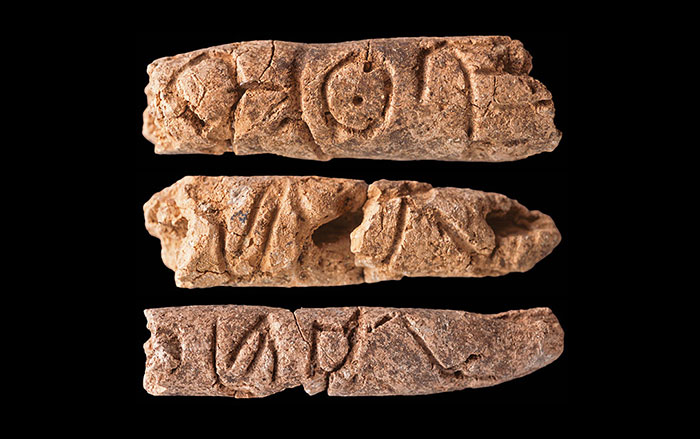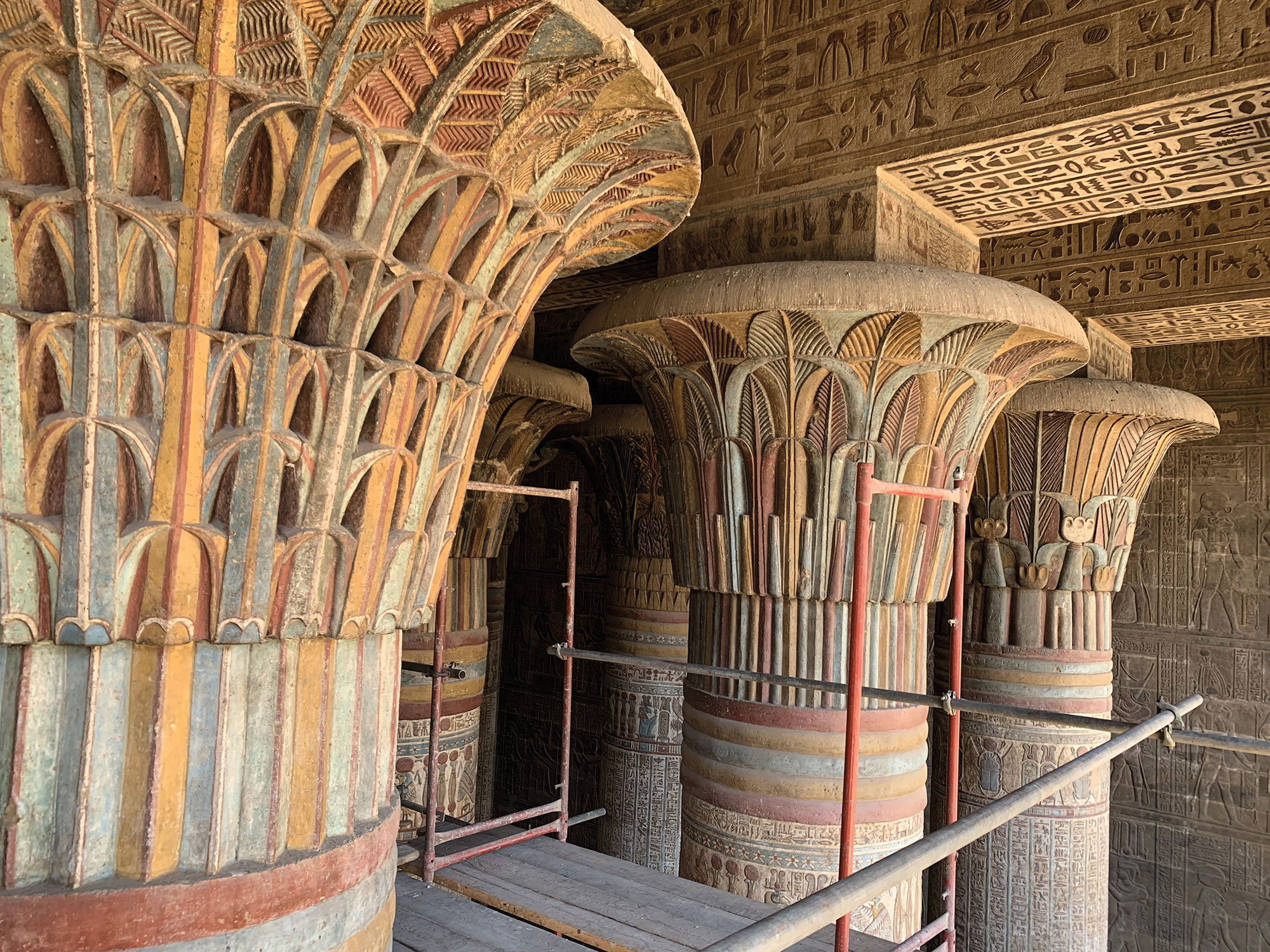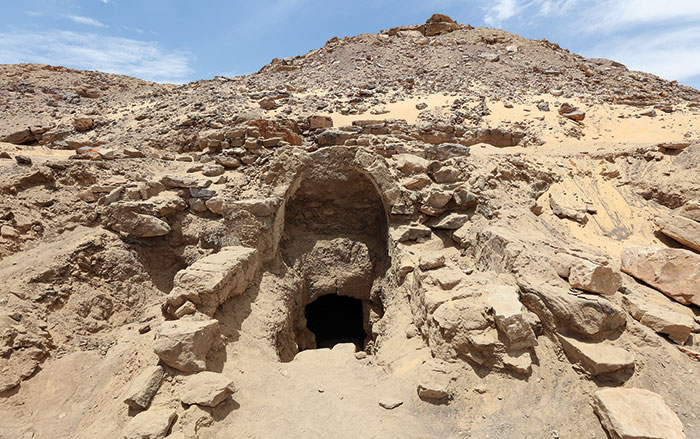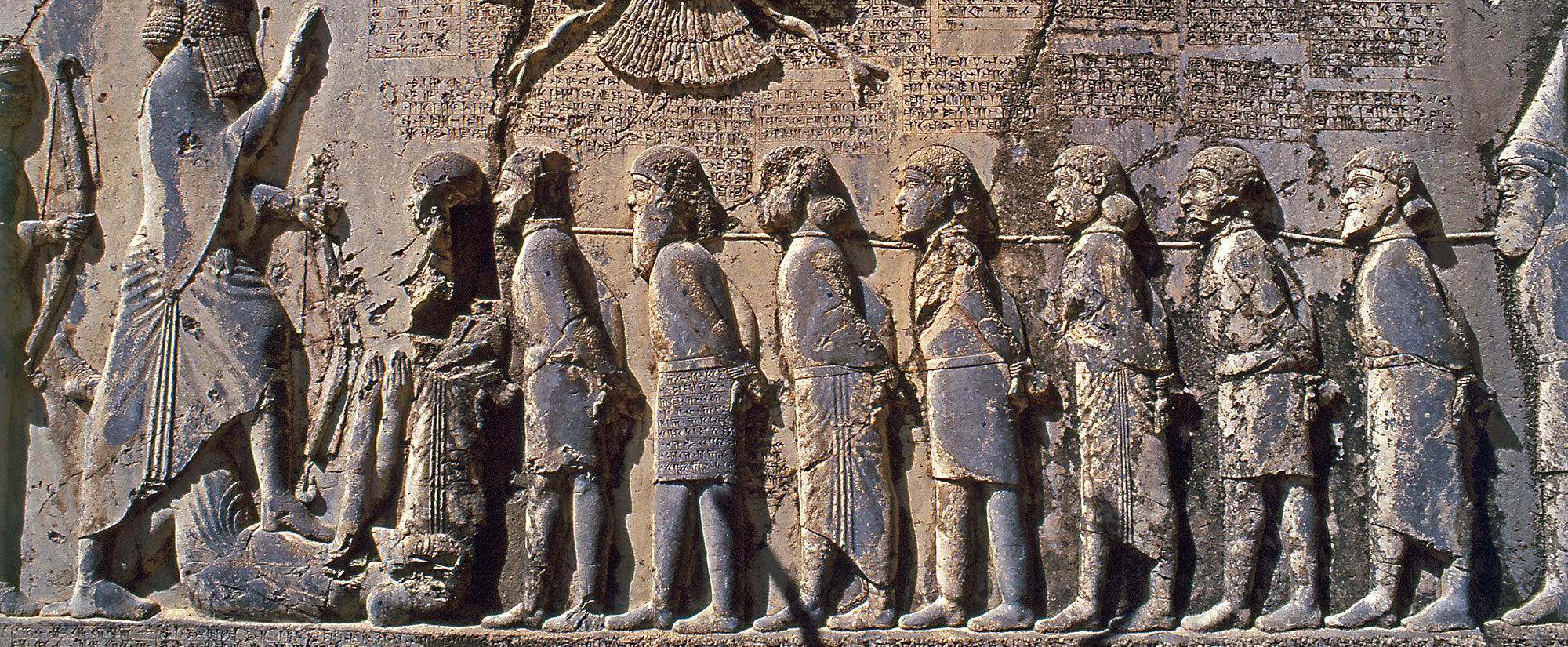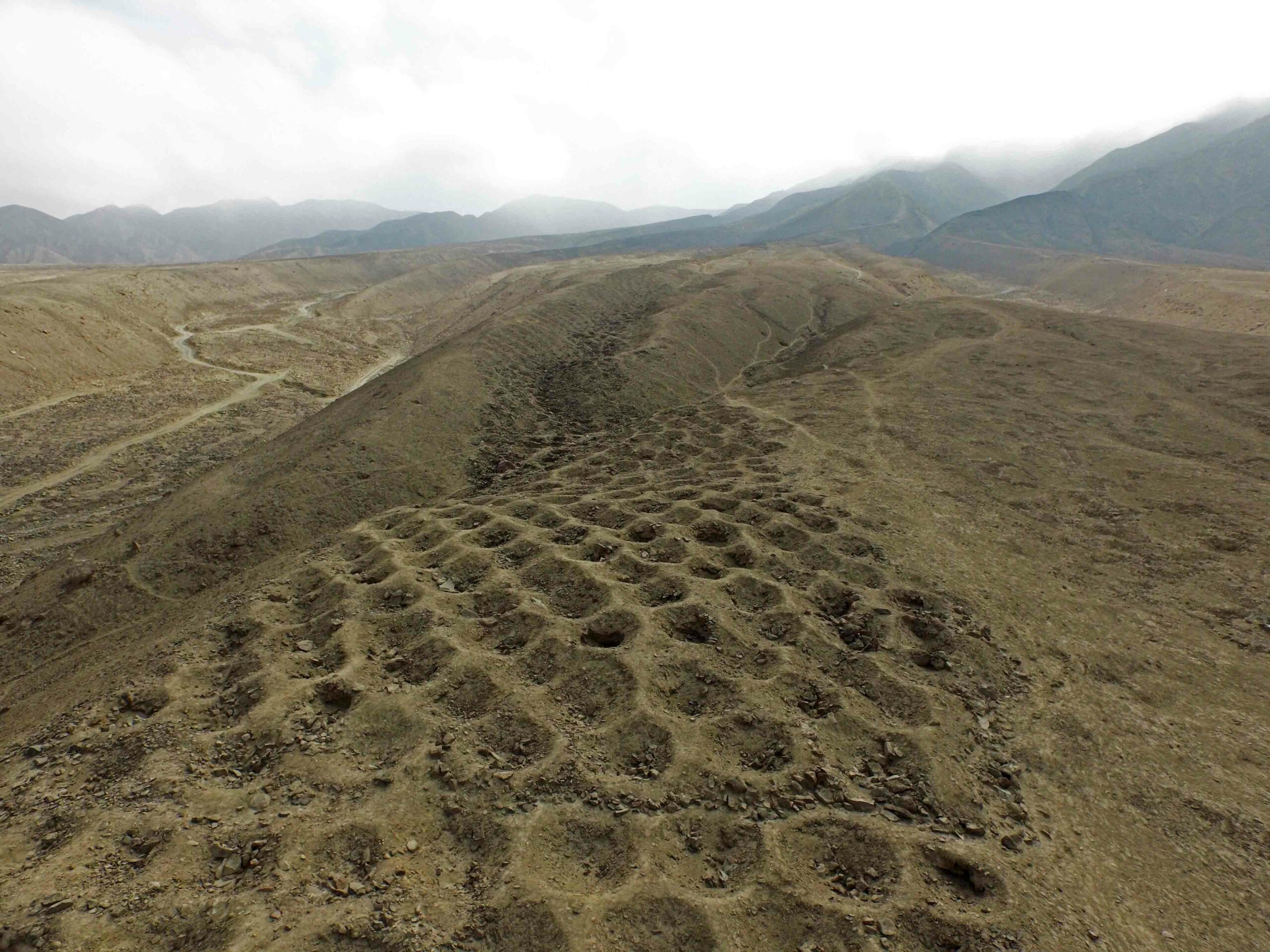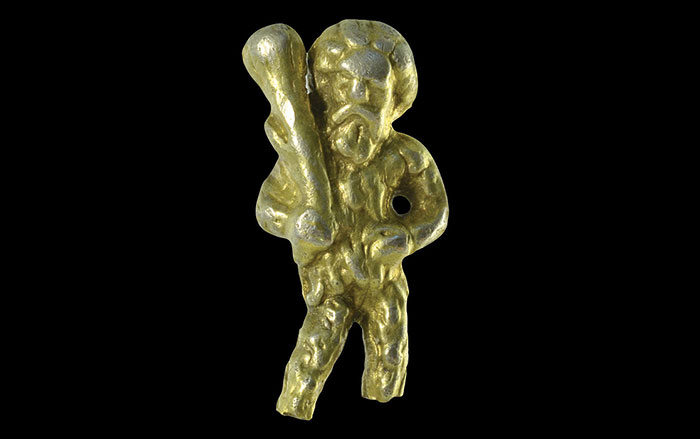
MILAN, ITALY—Daniela Comelli of the Polytechnic University of Milan and her team conducted an analysis of the dagger found in the wrappings of Tutankhamun’s mummy by Howard Carter in 1925. The dagger, which dates to the fourteenth century B.C., has a gold handle, a rock crystal pommel, a gold sheath, and an iron blade. But the ancient Egyptians are thought to have developed iron smelting much later, in the eighth century B.C. “The problem is iron working is related to its high melting point,” Comelli said in an Associated Press report. “Because of it, early smiths couldn’t heat ore enough to extract iron and couldn’t forge the iron into weapons.” Using a technique called X-ray fluorescence, Comelli found that Tutankhamun’s metal blade contains ten percent nickel and 0.6 percent cobalt, a composition that is similar to that of known metallic meteorites. The analysis suggests that the dagger could have been hammered from rare meteoritic iron, which is thought to have been considered more valuable than gold. For more, go to "Egypt’s Immigrant Elite."


